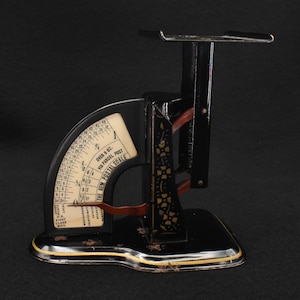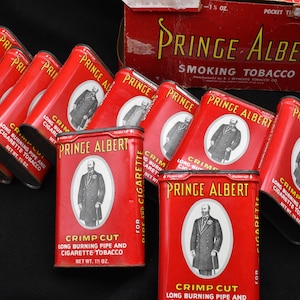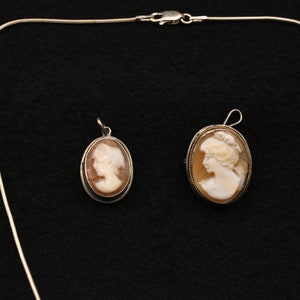
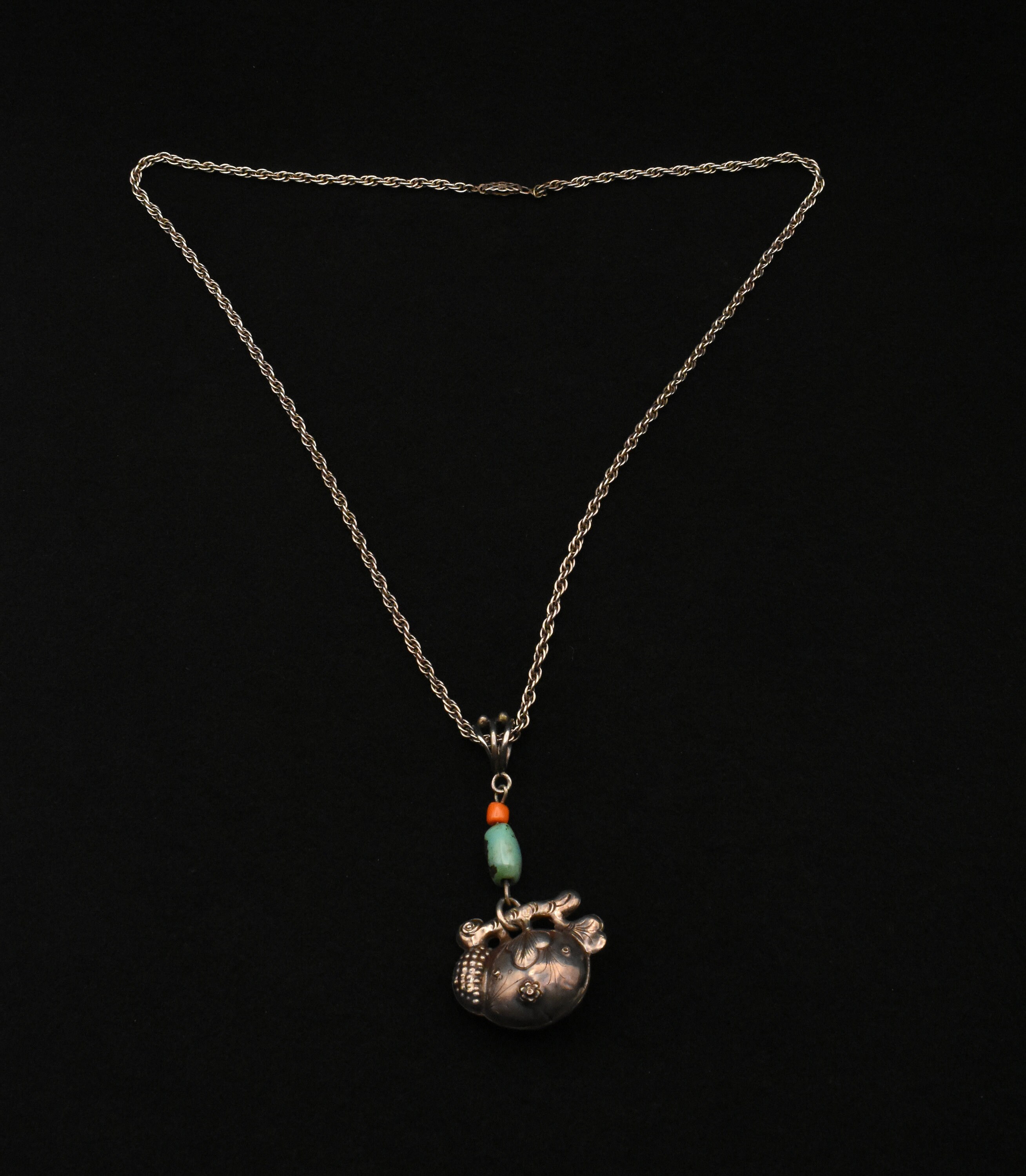
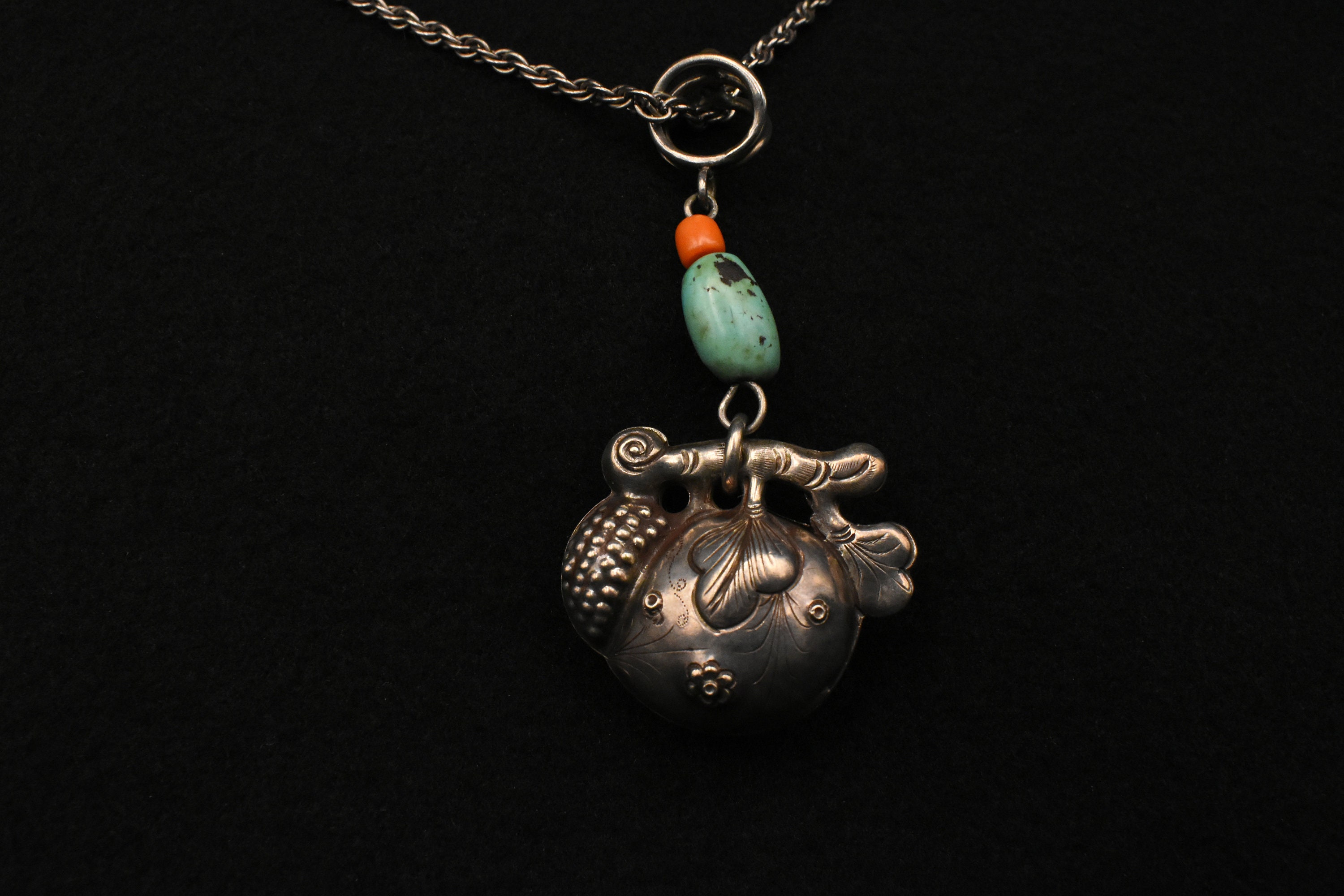
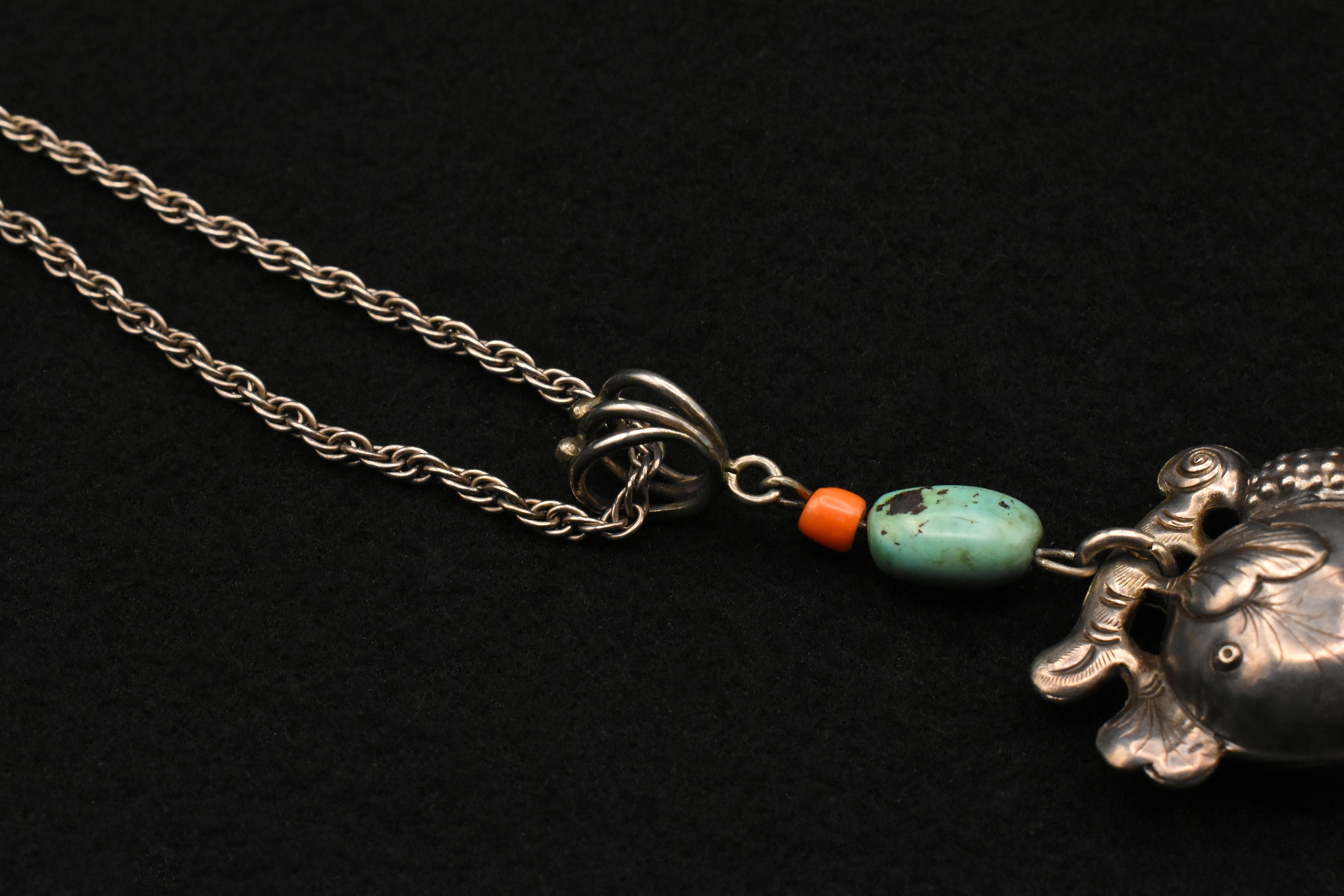

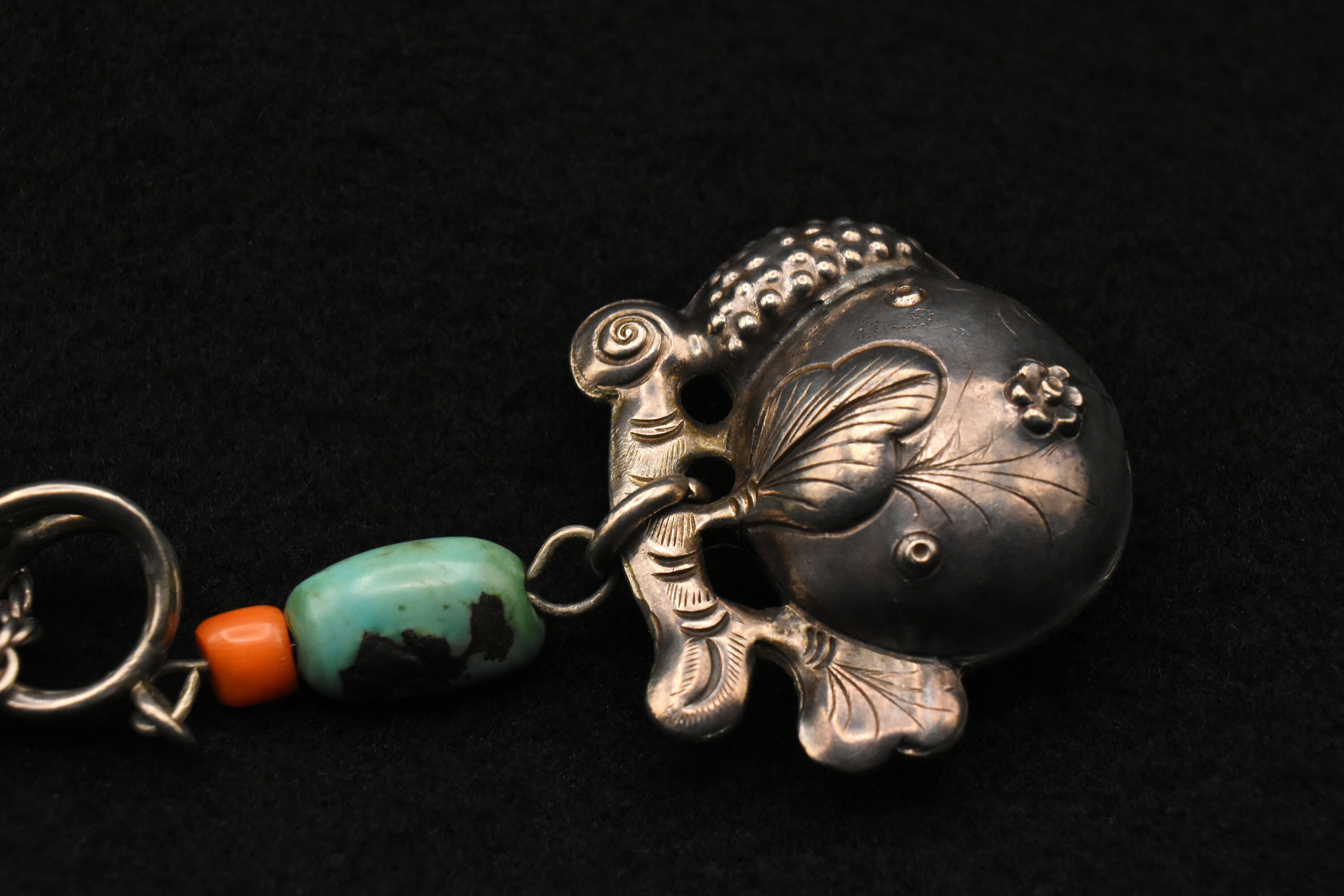
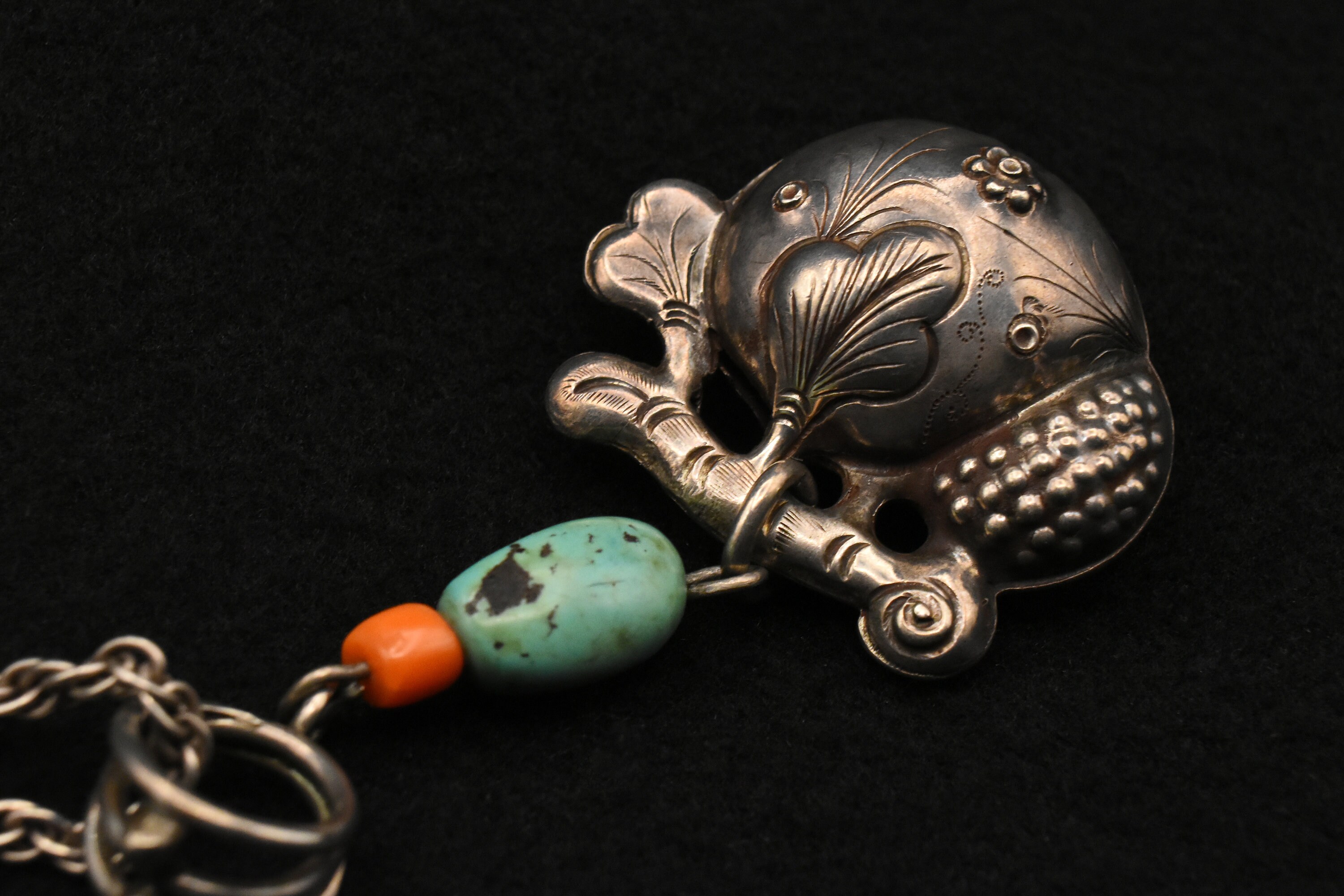
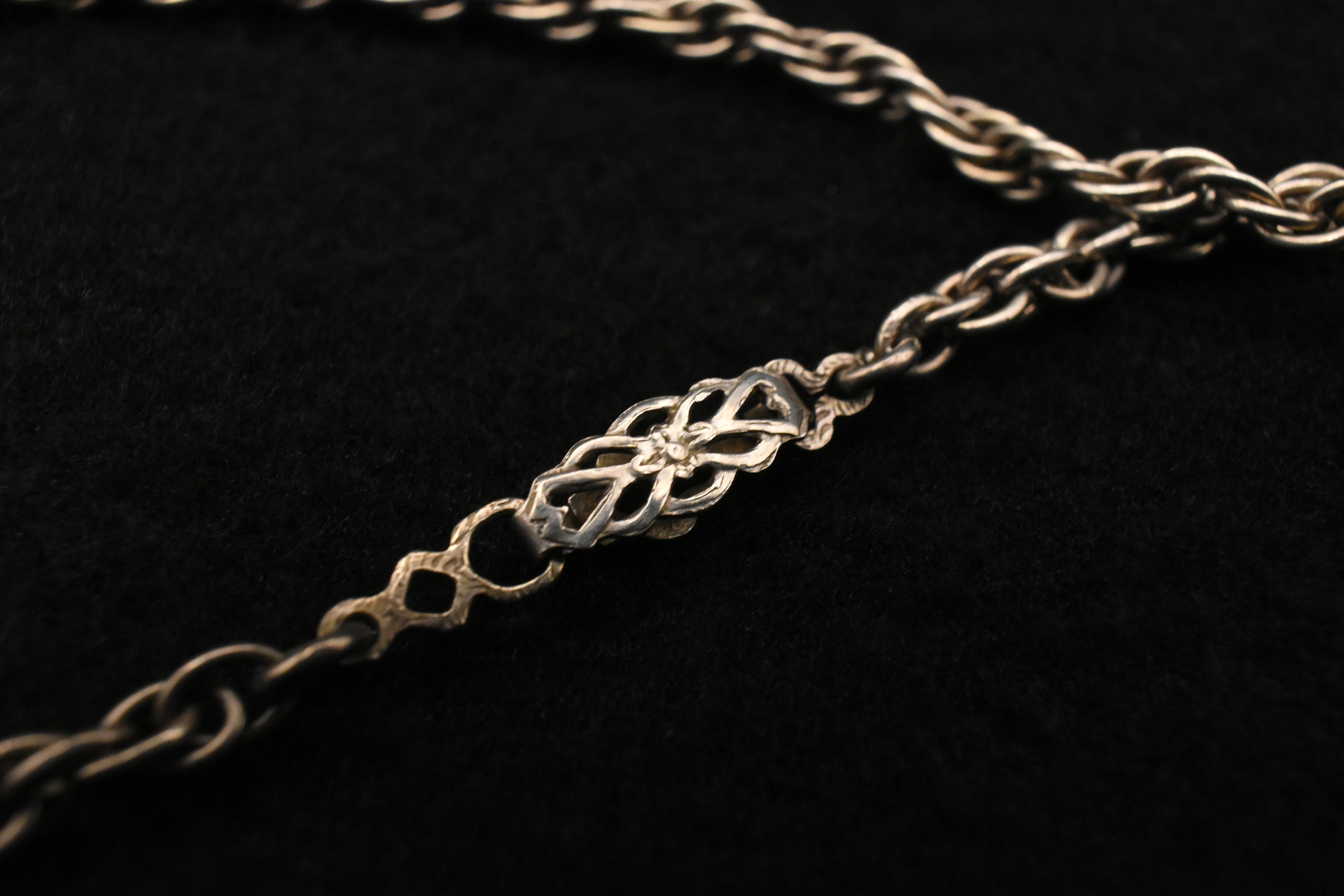
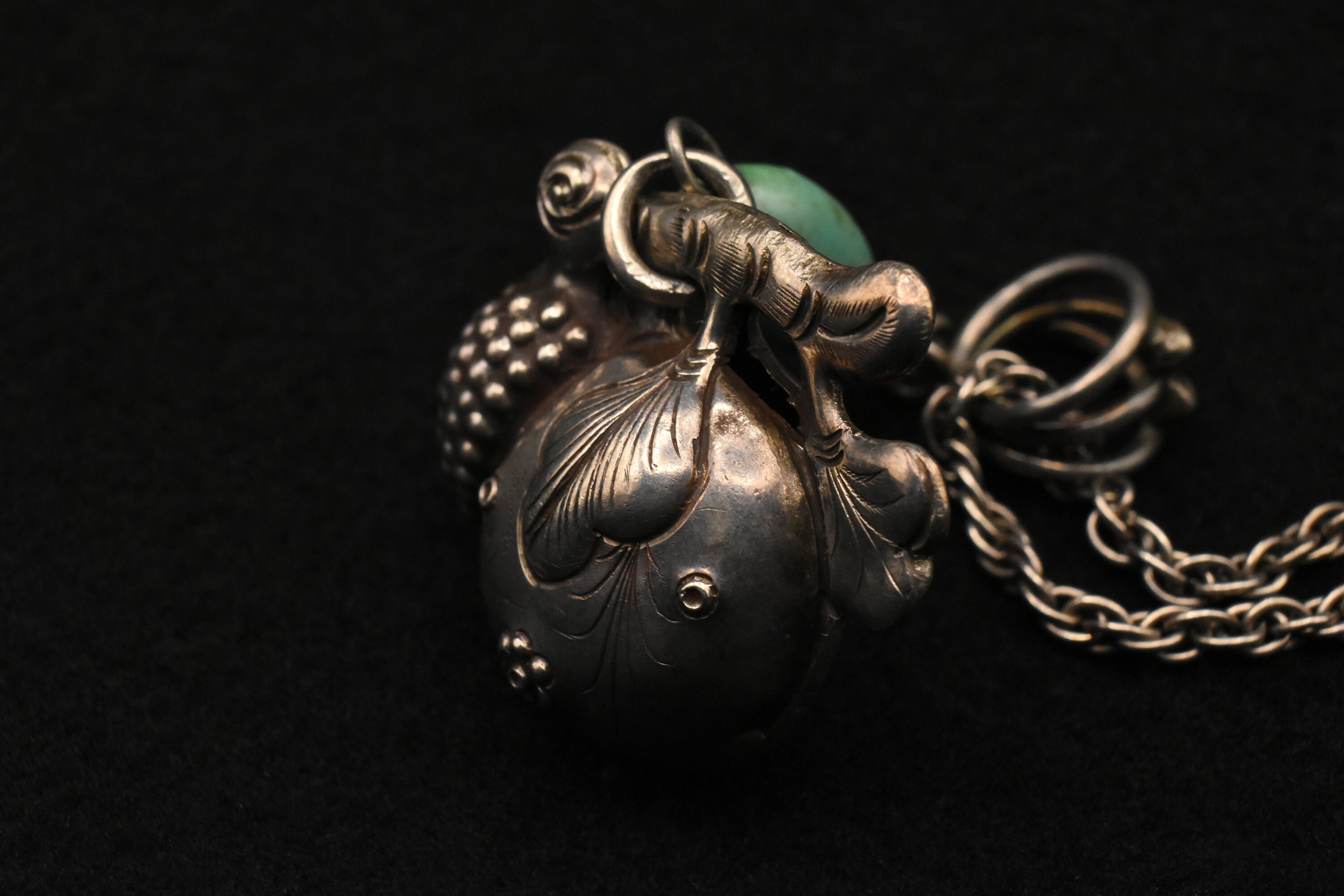
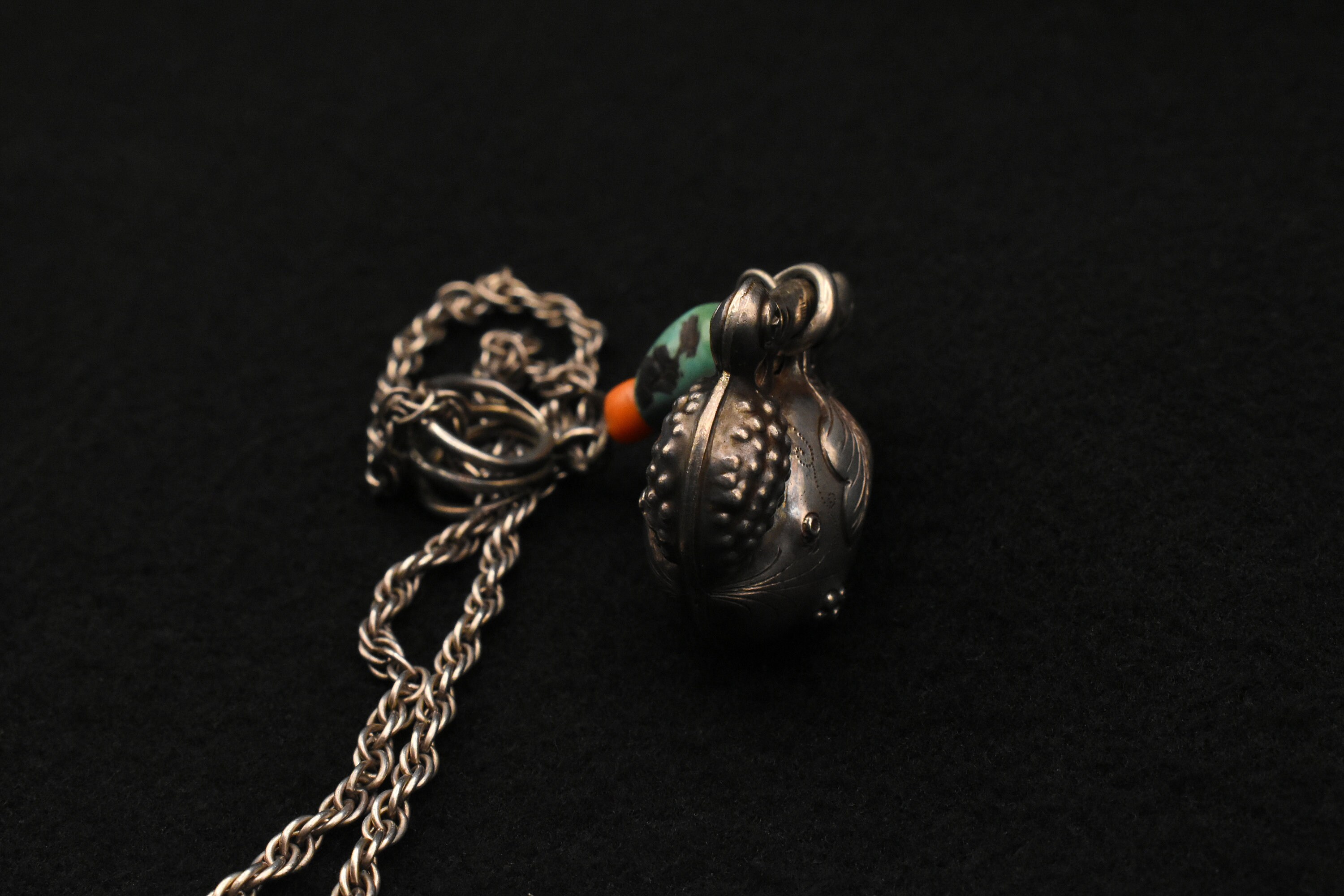
Antiques
Antique Chinese Sterling Silver, Coral and Turquoise Necklace and Pendant (Rattling)
$253.92
-
DetailsPlease note -TARIFFS PAID! US buyers need not worry about any additional charges! Order with confidence, knowing you won't be surprised with any additional fees.
This piece is beautiful, there's no doubt. The slightly abstract form of the acorn, the leaves and tiny flowers adorning both sides, the stones above the pendant and even the exquisite chain hold their own, when it comes to their innate beauty. But we mustn't eliminate the importance of the materials used for this remarkable piece...
The beads on top of the beautiful pendant are turquoise and coral. Turquoise has a lengthy and precious history in Chinese culture. Turquoise artifacts have been found dating back as far as 5000 years, in Sunjiazhai, Datong, Qinghai. In the late 13th century, legendary Italian explorer Marco Polo observed Tibetan women wearing turquoise jewelry. The term "绿松石" (lǜ sōng shí, turquoise) is first documented in the Qing dynasty literature, dating back to the early-17th century, "清绘典考图" (Qīng Huì Diǎn Kǎo Tú), which mentions "Emperor's morning pearls and miscellaneous decorations: Coral for the Sun Altar, turquoise for the Moon Altar." It is rumoured that ancient Persia was a major source of turquoise, traded on the Silk Road hailing from as far West as Turkey, hence the earned moniker, 'Turkish Jade.' It has been a treasured gem for millennia among Chinese culture and royalty, alike.
Coral has an equally important role in the region. As is mentioned in the quote above, Emperors have favoured these beautiful pieces of stone, not only for their beauty, but for the coral's rarity. It was said that ordinary coral takes a thousand years to form, but red coral—the gemstone variety— takes ten thousand years. This was not entirely true... it takes but 300 years to grow approximately 1 kilogram of red coral, but we mustn't diminish even this vast timeline. The best and rarest coral objects were produced during the Han dynasty (206 BCE to 220 CE), when noblemen favoured decorating their living rooms with “trees” as the centerpiece, with coral as its branches and green jade as its leaves. In every following dynasty, coral remained a favourite among the most wealthy and influential of Chinese society. In the Qing dynasty (1644 - 1912) the emperor’s official belt was yellow and set with four round gold plaques set with coral, turquoise, and 25 pearls. Coral was also reserved for the empress dowager (the widow of an emperor, or in some cases, the mother of a reigning emperor, who retains a title and status, often with considerable influence, after her husband or son's death or abdication) and higher ranking consorts. The privilege to wear coral beads was bestowed only to the top tiers of imperial officials.
These two gems, especially when found together, held and continue to hold a great deal of spiritual meaning in Chinese culture.
Silver was instrumental to the development of modern Chinese commerce. During the Ming dynasty, dating back to the mid-14th century, China started hoarding vast amounts of silver. It was, in fact, the backbone of the financial system that was established during Zhu Yuanzhang's (Emperor Hongwu) rule after overthrowing the Yuan dynasty. Under his rule, Chinese international trade blossomed, as did cultural expansion. This time corresponds with one of the most significant periods of growth for Chinese art and literature, with international recognition of some truly beautiful crafts, as well as influential literature, all with Silver as its financial and commercial backbone. The first local currency was made of silver. Ever since, it has been a treasured and highly valued material, evolving from its use in coinage to be favoured in stunning pieces of jewelry.
The acorn is a popular and oft-used subject for jewelry all over the world. The humble acorn is immensely resilient, able to lay for years without germination, through natural disasters such as drought and fire, to grow into a towering oak, adored for millennia due to the strength and warmth of its wood. It commonly lives for 3 centuries and has been found to frequently double that age. It is considered a keystone species due to its ability to support fungi, insects, birds and mammals. This reverence is not reserved to Chinese culture and is found all over the world, from Asia to the Americas.
Dating this piece, however, is not as simple as identifying the origins or materials. I have personally tested the silver pendant to ensure it is 0.800 or higher (the chain is marked). Silver pieces made in China only began being marked in the late-18th century, when export became common practice. A maker's mark is common for any piece dating from the late-1700s to early-1800s... It's a difficult item to date. Luckily, the chain does hold a mark that is clearly legible - 'STER,' confirming that the piece was meant for export to an English-speaking market. Sadly, I am unable to narrow down the search any further, as I can't identify the other mark on the clasp. Without any other identifying marks on the pendant, further searching has proved fruitless.
I need scarcely sing this piece's praises - it does so very well on its own. The tiny details, the lines on the leaves, the minute details of the acorn cap - they are simply superb. It is hollow, and contains a bead or element within that causes it to rattle, when shaken. Chinese pendant rattles, often seen as part of antique jewelry or amulets, are believed to be protective and bring good luck, with their hollow construction and rattling sound symbolizing the warding off of evil and attracting positive energy. The pendant measures 7cm, from rings to bottom of the acorn, and 3.5 cm wide. The chain measures an impressive 58 cm (29 cm, when latched). It is not a small piece...
The question remains, when was this beautiful piece crafted? Could it date to the late-18th century? It's possible... but early Chinese hallmarks were more strict with their application. It is of my belief that this is a late-19th century piece, designed for local traditions, but marked for export to the English world, abroad. Could it be older? It's possible... Could it be more recent? I must concede to that potential, as well. Regardless, this 'puffed' pendant is not only beautiful, it is UNIQUE. I have yet to come across another piece like it.
This piece's history cannot be understated - it contains elements of immense importance to ancient Chinese and Tibetan culture, but its beauty is truly a thing to behold. I'm thrilled to be able to offer this stunning piece of Chinese history for purchase.
As always, should you have any questions or concerns, I'm always happy to respond to messages almost immediately.
Thanks for visiting C&K! -
Shipping & Policies
Shipping from Canada
Processing time
1-2 business days
Customs and import taxes
Buyers are responsible for any customs and import taxes that may apply. I'm not responsible for delays due to customs.
Payment Options
Returns & Exchanges
I gladly accept returns and exchanges
Just contact me within: 3 days of delivery
Ship items back to me within: 7 days of delivery
I don't accept cancellations
But please contact me if you have any problems with your order.
The following items can't be returned or exchanged
Because of the nature of these items, unless they arrive damaged or defective, I can't accept returns for:
- Custom or personalized orders
- Perishable products (like food or flowers)
- Digital downloads
- Intimate items (for health/hygiene reasons)
Conditions of return
Buyers are responsible for return shipping costs. If the item is not returned in its original condition, the buyer is responsible for any loss in value.
Frequently Asked Questions
Can I combine delivery on multiple items?
Of course! We'd be happy to assist. Just send us a quick message and we'll make sure to combine your items into a single package to reduce the shipping costs.
